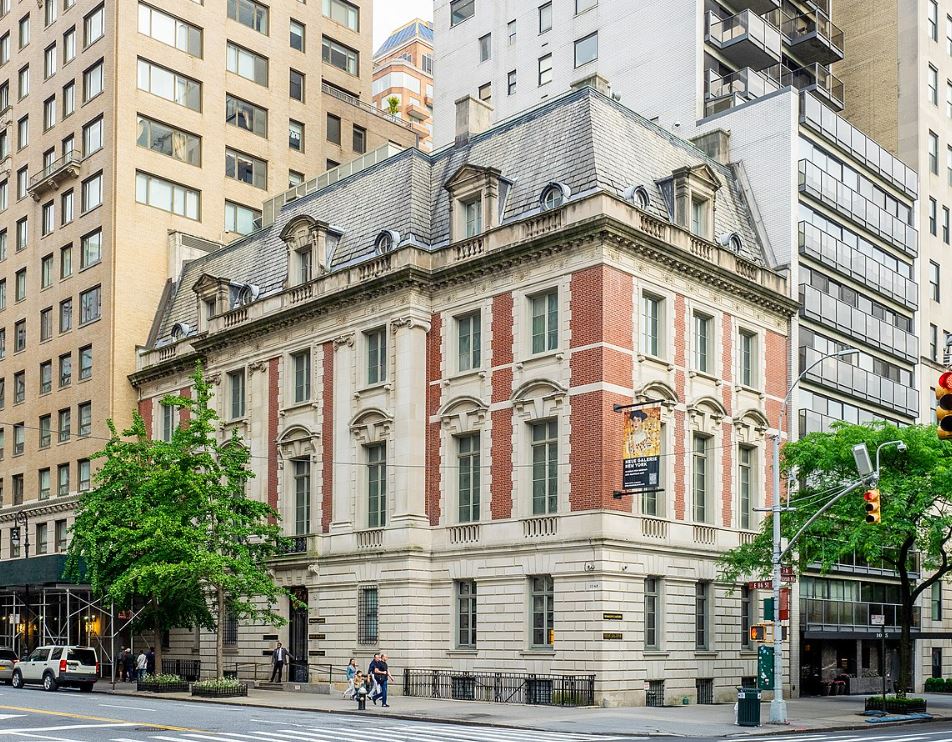The turn of the 20th century marked an important period in the history of art, and this as especially the case in Germany.
A group of German Expressionist artists emerged in Dresden in 1905 and radically changed the course of modern art in the following years.
Ernst Ludwig Kirchner (1880-1938) was one of the founders of “Die Brücke,” an art group from Dresden which can be compared with the rise of Les Fauves in France.
In this article, you’ll discover some of the most interesting facts about Berlin Street Scene, one of Kirchner’s most famous paintings.
1. It was completed in the year before the outbreak of World War I
Ernst Ludwig Kirchner finished his degree in architecture in Dresden in 1905, the year that he co-founded the art group known as “Die Brücke.”
His education also included drawing lessons and even though he could have easily become an architect, he chose a career as a painter instead.
This was a great choice for the young aspiring artist because together with his friends, he embarked on a quest to try and renounce academic art.
The German artist developed a unique style of Expressionist paintings, a style that would later be referred to as “degenerate art” by the Nazis.
He completed Berlin Street Scene in 1913, just one year before the outbreak of World War I.
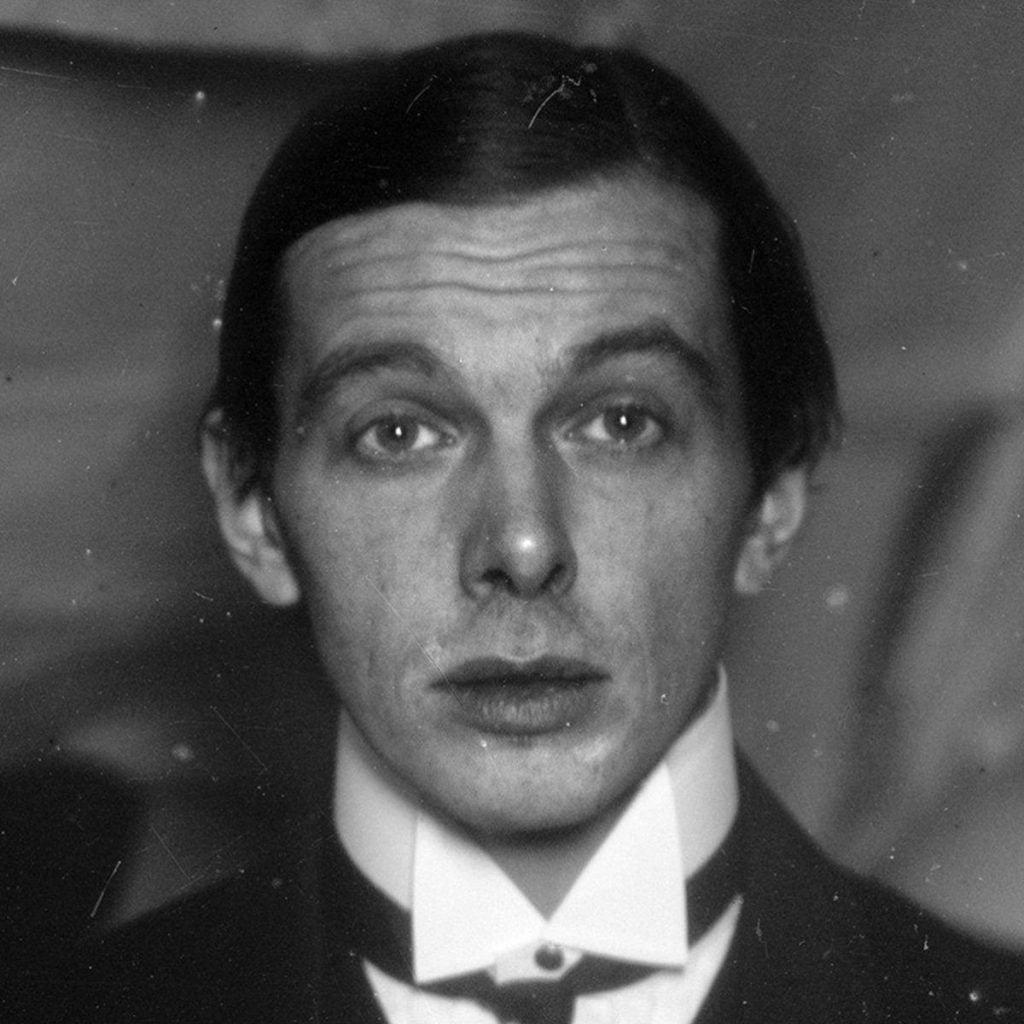
2. It depicts two prostitutes in the streets together with their customers
The composition of the painting is centered around the 4 main figures, two women ho appear to be approaching two men.
All of them wear stylish clothes and hats and especially the colorful dresses and high collars worn by the women stand out.
The scene displays two prostitutes who lure two customers known as “Johns.” The background features a crowded scene on the street of Berlin.
We known that this scene takes place in the center of Berlin because tow horses are pulling a cart of tram line 15 which ran through the heart of the city.

3. It’s one of several paintings in a cycle of street scenes
Kirchner often roamed the crowded streets of Germany’s major cities in the years before the outbreak of World War I, and he described it as a rather lonely period in his life.
The street scenes developed in the years from 1911 to 1914. It was one of the loneliest times in my life, in which I wandered through the long streets full of people and wagons through day and night in agonizing unrest.
He did, however, get a lot of inspiration from his walks because he produced several works of art known today as his “Street Scenes Cycle.”
This cycle emphasizes how versatile Kirchner really was because this cycle features the following works of art:
- 11 paintings
- 32 drawings in his sketchbooks
- 15 ink brush drawings
- 17 pastel and chalk drawings
- 14 woodcuts
- 14 etchings
- 8 lithographies
The paintings can be found in museums all around the world, including the MoMA in New York City (the painting below), the Art Gallery of Ontario in Toronto, and the Thyssen-Bornemisza Museum in Madrid.

4. The women and the visible man were probably Kirchner’s friends
The German painter often used his friends as models and this was likely the case in this painting as well.
The two women were likely the two sisters Erna and Gerda Schilling. Both were nightclub dancers in Berlin at the time and Erna Schilling (1884-1945) became Kirchner’s muse and lifelong partner.
The visible man was either a self-portrait of the artist or his friend Otto Mueller (1874-1930), another member of Die Brücke who produced both paintings and prints.
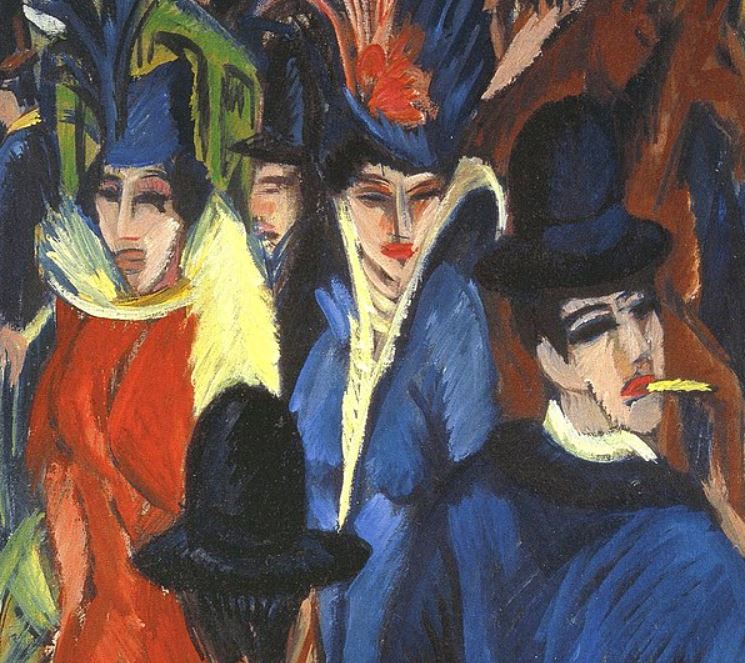
5. The concept behind the painting was to depict new independent women
What’s remarkable about the fact that Kirchner painted his female friends as prostitutes, not exactly a profession that was held in high esteem at the time.
This means that he didn’t aim to use the painting as a form of social criticism but rather as the visualization of a new type of independent woman that had emerged in the early 20th century.
He was definitely fascinated by the free spirit of Erna Schilling. She even took care of him after his mental breakdown during his stint in the army during World War I.
The couple moved to Switzerland in 1921 and she lived there together with Kirchner until his presumed suicide in 1938, and alone in their house until she passed away in 1945.
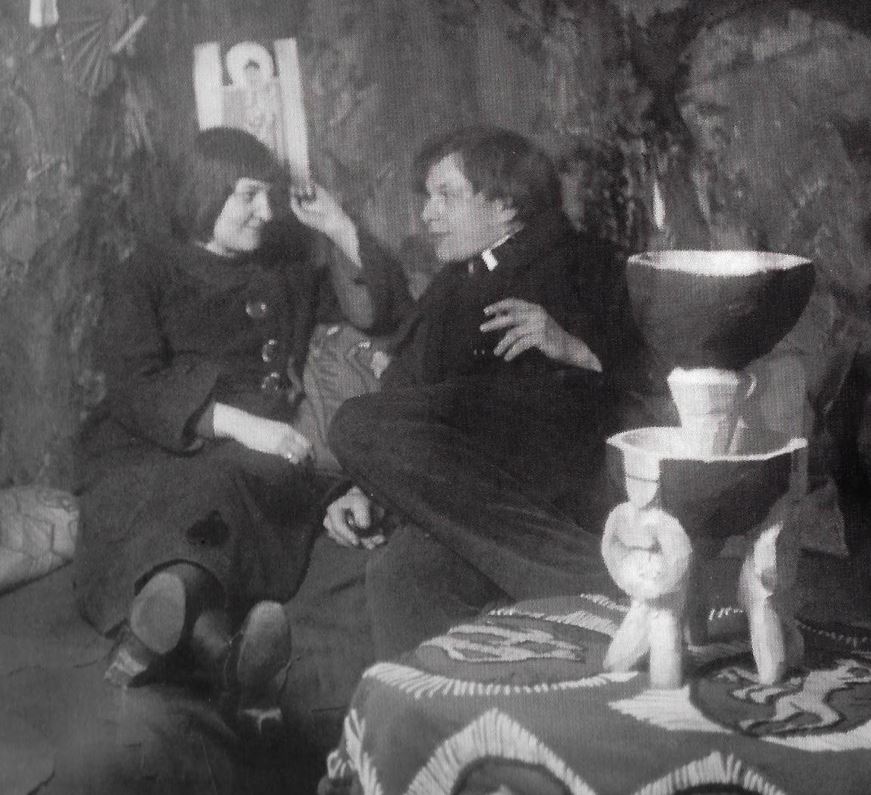
6. It was returned to the family of a Jewish art collector and sold for €30 million
The 1930s were a difficult time for Kirchner, mainly because of the rise of Nazis in Germany. They preferred academic art and deemed modern art to be “degenerate.”
This obviously included the colorful paintings of Ernst Ludwig Kirchner. The Nazis took 639 of his paintings from museums and 25 were displayed at the “Degenerate Art Exhibition” in Munich.
The painting eventually moved to the “Brücke Museum” in Berlin, a museum that was opened in 1967.
A claim was filed in 2006 by Anita Halpin, the granddaughter of the previous owner of the work, a Jewish art collector named Alfred Hess.
She won the restitution case and listed the work at auction house Christie’s where it was sold for the whopping price of €30 million.
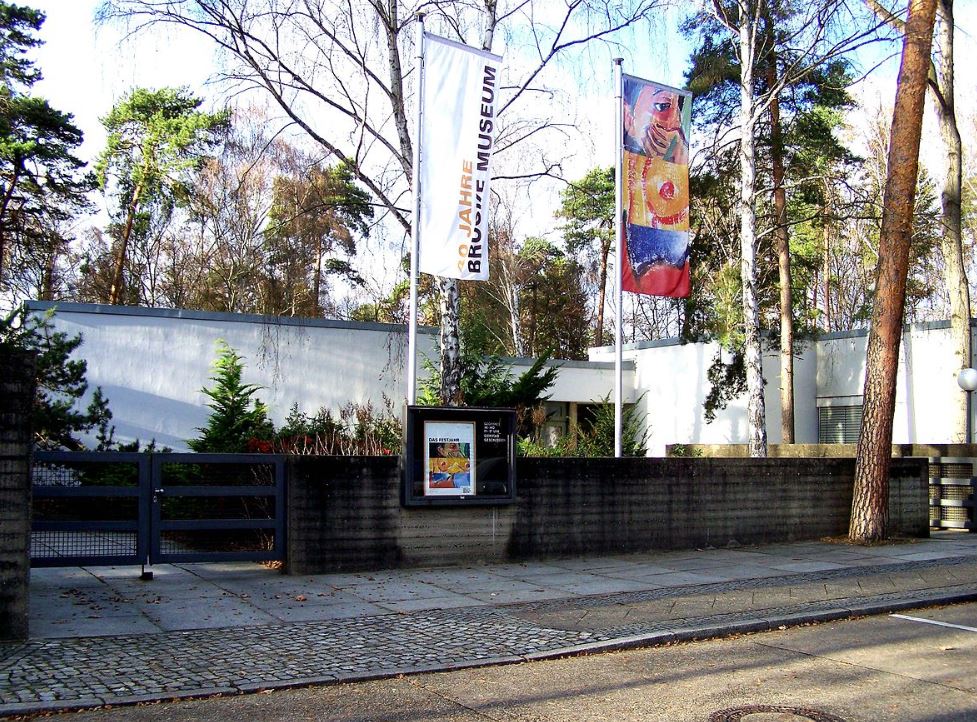
7. How big is Berlin Street Scene by Ernst Ludwig Kirchner?
Most paintings in the Street Scenes cycle are medium-sized paintings that have fairly similar dimensions, apart from some exceptions that are either smaller or larger.
Berlin Street Scene by Ernst Ludwig Kirchner is an oil on canvas painting that has dimensions of 121 × 95 centimeters (48 × 37 inches).
8. Where is Kirchner’s famous painting located today?
The painting was purchased by two friends and art collectors named Ronald Lauder and Serge Sabarsky. Both men shared a passion for German and Austrian art of the early 20th century.
They decided to open up a museum to house their collection in 2001 called the Neue Galerie in New York City.
This museum is housed in the magnificent William Starr Miller House which is located at 86th Street and Fifth Avenue.
If you want to admire Berlin Street Scene by Ernst Ludwig Kirchner, then you should definitely visit this popular art museum in New York.
